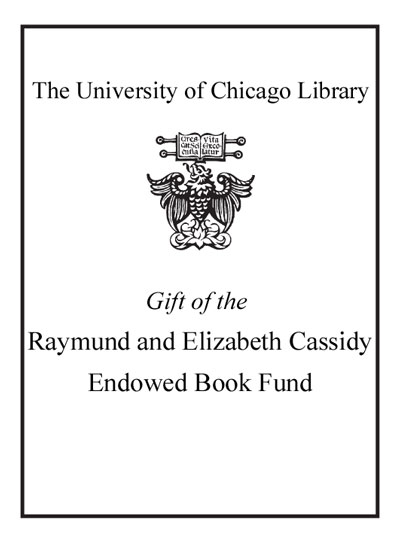Language, literacy, and technology /
Saved in:
| Author / Creator: | Kern, Richard, 1956- author. |
|---|---|
| Edition: | First paperback edition. |
| Imprint: | Cambridge, United Kingdom ; New York, New York : Cambridge University Press, [2019] |
| Description: | xi, 291 pages : illustrations ; 23 cm |
| Language: | English |
| Subject: | |
| Format: | Print Book |
| URL for this record: | http://pi.lib.uchicago.edu/1001/cat/bib/11963650 |
| Summary: | From the origins of writing to today's computer-mediated communication, material technologies shape how we read and write, how we construe and share knowledge, and ultimately how we understand ourselves in relation to the world. However, communication technologies are themselves designed in particular social and cultural contexts and their use is adapted in creative ways by individuals. In this book, Richard Kern explores how technology matters to language and the ways in which we use it. Kern reveals how material, social and individual resources interact in the design of textual meaning, and how that interaction plays out across contexts of communication, different situations of technological mediation, and different moments in time. Showing how people have adapted visual forms to various media as well as to social needs, this study culminates in five fundamental principles to guide language and literacy education in a period of rapid technological and social change. |
|---|---|
| Physical Description: | xi, 291 pages : illustrations ; 23 cm |
| Bibliography: | Includes bibliographical references and index. |
| ISBN: | 9781107642850 110764285X |

